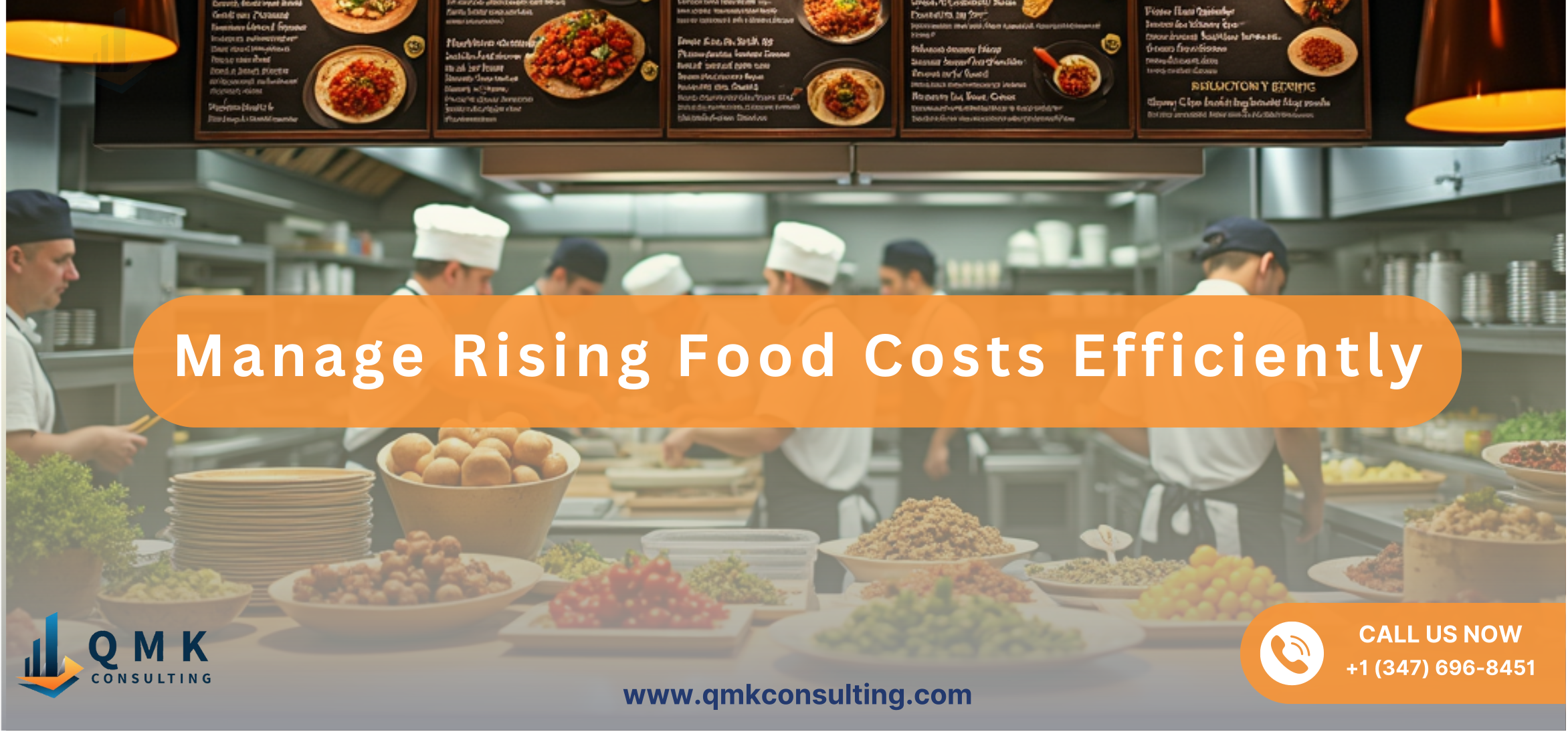The restaurant industry is grappling with an unprecedented surge in food costs, driven by inflation, supply chain disruptions, and labor shortages. For restaurant owners, this challenge threatens profit margins and sustainability. However, proactive planning, strategic sourcing, and operational efficiency can turn obstacles into opportunities.
This guide explores advanced strategies and actionable insights to help restaurant owners not only survive but thrive in this challenging environment.
1. Optimize Menu Engineering: Profitability by Design
Menu engineering goes beyond simple pricing, it's about designing a menu that balances customer appeal with profitability.
- Data-Driven Insights: Use sales data to categorize menu items into four types—stars (high profit, high sales), puzzles (high profit, low sales), plowhorses (low profit, high sales), and dogs (low profit, low sales). Focus on promoting stars and rethinking or removing dogs.
- Rework Recipes: Analyze ingredient costs for each dish and consider substituting high-cost items with equally appealing, lower-cost alternatives. For example, replace imported truffle oil with locally sourced mushrooms for a unique flavor profile.
- Strategic Positioning: Highlight high-margin items with design elements like bold fonts, call-out boxes, or chef's recommendations.
- Seasonal Pricing: Adjust prices for seasonal ingredients to reflect market availability and costs without surprising customers.
2. Strengthen Supplier Relationships and Explore Alternatives
Suppliers play a crucial role in cost management, but relying on a single vendor may expose your restaurant to unnecessary risk.
- Dynamic Contracts: Instead of locking in long-term fixed pricing, explore hybrid contracts that combine fixed and market-variable rates to minimize cost fluctuations.
- Local and Regional Suppliers: Collaborate with local farmers and producers. Not only can this reduce transportation costs, but it also enhances your restaurant’s appeal as a farm-to-table establishment.
- Bulk Buying and Storage: Invest in proper storage facilities and purchase non-perishable goods in bulk to benefit from economies of scale.
- Supplier Partnerships: Build collaborative relationships where suppliers share insights about market trends, enabling you to plan ahead.
3. Reduce and Repurpose Food Waste
Food waste represents lost revenue. Tackling waste effectively can significantly improve your bottom line.
- Implement Waste Logs: Regularly monitor and document waste to identify patterns, such as frequently over-ordered ingredients or high waste from specific dishes.
- Creative Repurposing: Transform kitchen scraps into valuable menu items. For example, use vegetable trimmings for stock, or repurpose day-old bread for croutons or breadcrumbs.
- Portion Control: Train staff to prepare consistent portions to reduce plate waste without compromising customer satisfaction.
- Collaborate with Nonprofits: Partner with local food banks or composting organizations to reduce disposal costs and enhance community goodwill.
4. Leverage Technology for Cost Control and Efficiency
Advanced technology solutions can streamline operations and uncover cost-saving opportunities.
- Inventory Management Tools: Use software like MarketMan, Upserve, or Toast to track ingredient usage, monitor stock levels, and reduce over-ordering.
- Energy Efficiency: Upgrade to energy-efficient appliances, such as induction stoves or LED lighting, to reduce utility bills over time.
- Customer Analytics: Use point-of-sale (POS) systems to analyze customer preferences and adjust your offerings to maximize profitability.
- Digital Menus: Implement digital menus that allow for instant updates on pricing or ingredient availability, enhancing flexibility.
5. Diversify Revenue Streams for Resilience
Relying solely on dine-in revenue can leave restaurants vulnerable. Expanding into multiple revenue streams ensures stability.
- Catering Services: Offer tailored catering packages for corporate events, weddings, or local community gatherings.
- Meal Kits and Subscriptions: Capitalize on the growing trend of at-home dining by selling branded meal kits or subscription-based offerings.
- Retail Products: Develop and sell packaged goods, such as signature sauces, spice blends, or baked items, to attract a wider audience.
- Virtual Kitchens: Experiment with delivery-only menus to reach customers without the overhead of a physical dining space.
- Partnerships: Collaborate with local businesses for cross-promotions, such as providing food for brewery events or fitness center socials.
Conclusion
Rising food costs present a major challenge for restaurant operators, but with a combination of creativity, strategy, and technology, these challenges may be turned into development opportunities. Restaurants can sustain profitability while providing outstanding customer experiences by prioritizing menu optimization, smart supplier selection, waste reduction, technology adoption, and income diversification.
Ready to take your restaurant to the next level?
At QMK Consulting, we specialize in helping restaurants navigate financial challenges with tailored strategies that enhance profitability and operational efficiency. Contact us today to schedule your free consultation.
Get Your Free Profit & Cash Flow Analysis
FAQs
What is the ideal food cost percentage for restaurants?
The ideal food cost percentage ranges from 28% to 35%, depending on your restaurant's concept and pricing strategy.
How can I monitor food waste effectively?
Implement waste-tracking tools or use manual logs to identify waste patterns and adjust ordering or preparation practices accordingly.
Are there specific tools to track supplier performance?
Yes, tools like BirchStreet and Procurify allow restaurants to monitor supplier performance, contract adherence, and pricing trends.
Should I switch to a digital menu?
Yes, digital menus allow for dynamic pricing and can be easily updated to reflect seasonal items or price changes.
Get Your Free Profit & Cash Flow Analysis

